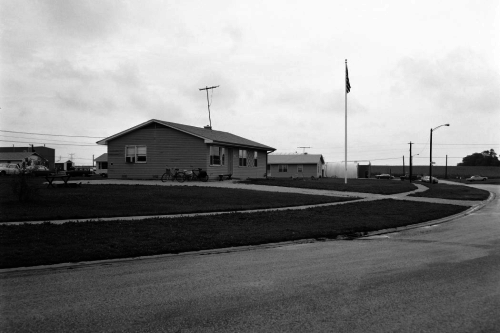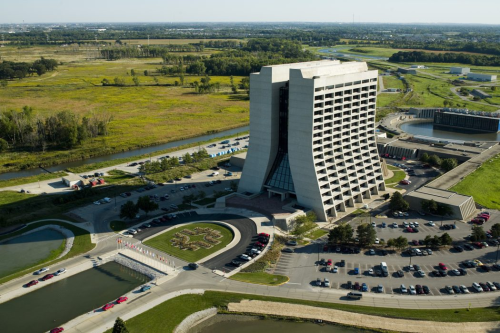
Little house on the prairie: the first director’s office on the National Accelerator Laboratory site. (Courtesy: Fermilab)
By Matin Durrani
Music lovers will remember 1967 as the year the Beatles released Sgt. Pepper’s Lonely Hearts Club Band. For sports fans it was the year when Celtic became the first British team to win football’s European Cup. As for scientists, 1967 will go down in history as the year in which the first human heart transplant took place and the first radio pulsars were detected by Jocelyn Bell Burnell, Antony Hewish and others at the University of Cambridge, UK.
There was, though, another scientific event, which went under the radar at the time. On Thursday 15 June 1967 physicists moved into an office west of Chicago to begin work on a new scientific facility. Their goal was to build a proton–antiproton collider 30 miles away on rural prairieland as the centrepiece of America’s new National Accelerator Laboratory. The Tevatron eventually opened in 1983 in what by then had been renamed Fermilab in honour of Enrico Fermi, who had created in Chicago the first controlled, self-sustained nuclear chain reaction.

Cathedral of physics: Fermilab’s main building. (Courtesy: Fermilab)
Fermilab went on to become one of the most iconic and famous physics labs in the world, not least because of its cathedral-like main building that rises above the flat Illinois prairie. Its researchers’ successes include discovering the bottom quark in 1977, the top quark in 1995 and the tau neutrino in 2000. These and other feats are being celebrated all year by Fermilab. Although the Tevatron stopped running in 2011, the lab is busy reinventing itself as a world-class facility for neutrino physics – so who knows what breakthroughs are yet to come from Fermilab?
Guidelines
Show/hide formatting guidelines
this text was deletedwhere people live in harmony with nature and animals</q>
Some text